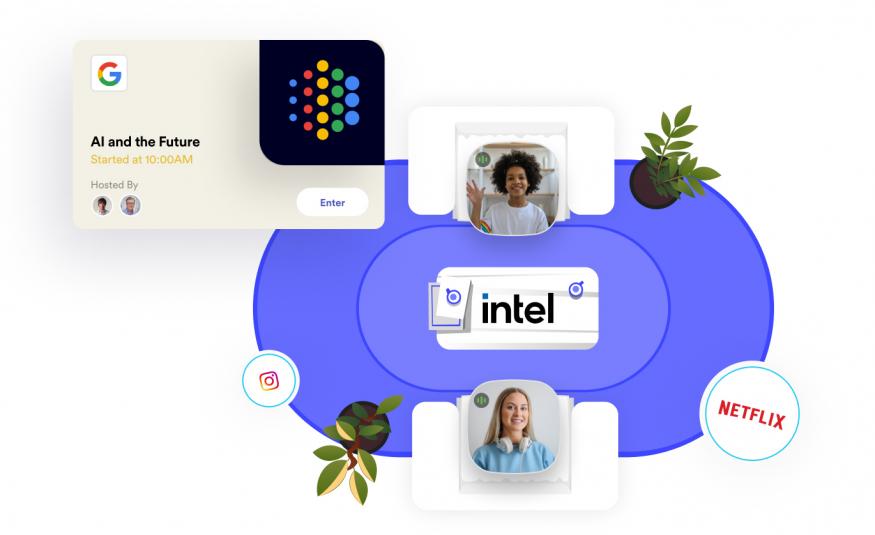Vaibhav Jain, CEO at virtual event platform Hubilo, looks at how trade shows can breathe new life into the online format and revive the art of networking:
When the pandemic hit, a new era of online events emerged. While Covid-19 restrictions are beginning to lift across some global regions, organisers will still have to consider hosting their events online rather than in person, not least because virtual events have proved their long-term value by allowing attendees from around the globe to gather online without traditional constrictions such as travel time and costs.
However, for tradeshows, traditional networking, and social interaction – a significant draw at in-person events – has all too often given way to Zoom fatigue and staid one-way communications. Organisers and exhibitors will be looking for ways to inject the excitement and engagement associated with attending an event in person into virtual events. This requires a step-change in technical innovation to place interactivity at the heart of each event, providing delegates and exhibitors with a uniquely personalised experience. A new generation of platforms that enable virtual and hybrid events seamlessly integrates this.
According to a Grandview Research report, the virtual events sector is expected to grow nearly tenfold to more than $700bn over the next decade.
Creating engagement
There is one-on-one engagement and mass engagement and a platform that encourages both will provide the amplest networking opportunities.
One-on-one engagement can be encouraged by deploying events on a platform with AI, natural language processing, and machine learning to match delegates based on what kind of connections they’re looking to make at the event. This autonomously creates a curated list for each attendee, showing them the top 10 people they should meet, based upon their unique goals. Attendees can request one-on-one meetings with each of their matches.
Mass engagement can be supported in a number of ways. A live feed – much like your homepage feed on any social media platform – allows attendees to post pictures, videos, and messages. Other attendees can engage and interact with these posts. Organisers can also set up breakout rooms and network lounges dedicated to specific subjects that attendees can enter and interact with others within them.
Gamification is also proving vital to inspiring attendees to participate and engage. Event platforms can significantly increase engagement by awarding prizes, with points awarded for attending talks, visiting booths, and chatting with other individuals.
A potential downfall of hybrid events is the lack of interaction between in-person and online attendees. However, a platform that provides physical attendees at a hybrid event with a mobile app allows them to interact with online attendees. What’s more, the matchmaking function will provide two lists; one of the people attending in person and one of the people attending online.
Driving lead generation
A successful trade show needs to provide great engagement and lead generation for exhibitors. A virtual event platform should give each exhibitor their own profile that can be customised with company and product information. The platform should also allow exhibitors to interact through the breakout rooms and branded lounges where they can perform product demos.
The platform should capture every attendee’s details that engage with each exhibitor, who can access the details in a list that the platform automatically ranks into hot, warm, and cold leads.
Exhibitors should also be able to bid for the opportunity to sponsor ads across the event. Not only does this help the organiser with monetisation, but it also gives exhibitors more exposure and provides them with details of who has clicked on the ad banner and shown an interest in their business.
So, we haven’t really lost the art of networking in the age of online trade shows. Event platforms have made networking smarter. What’s more, the data that is autonomously gathered and analysed makes it easier than ever to generate leads. Virtual and hybrid events platforms can indeed push creativity to motivate attendees to more deeply engage.





